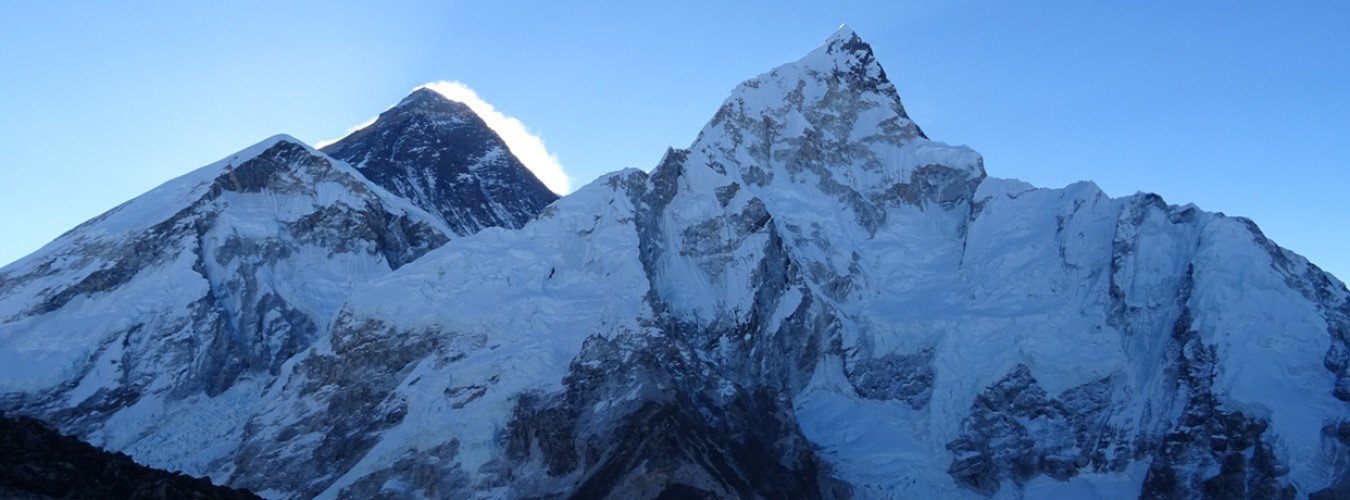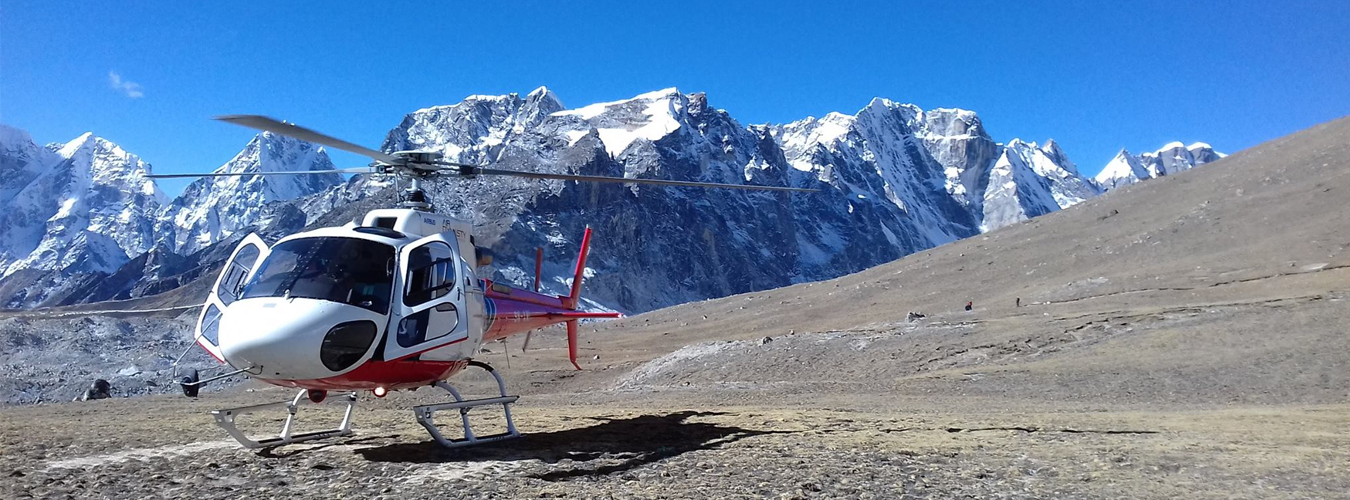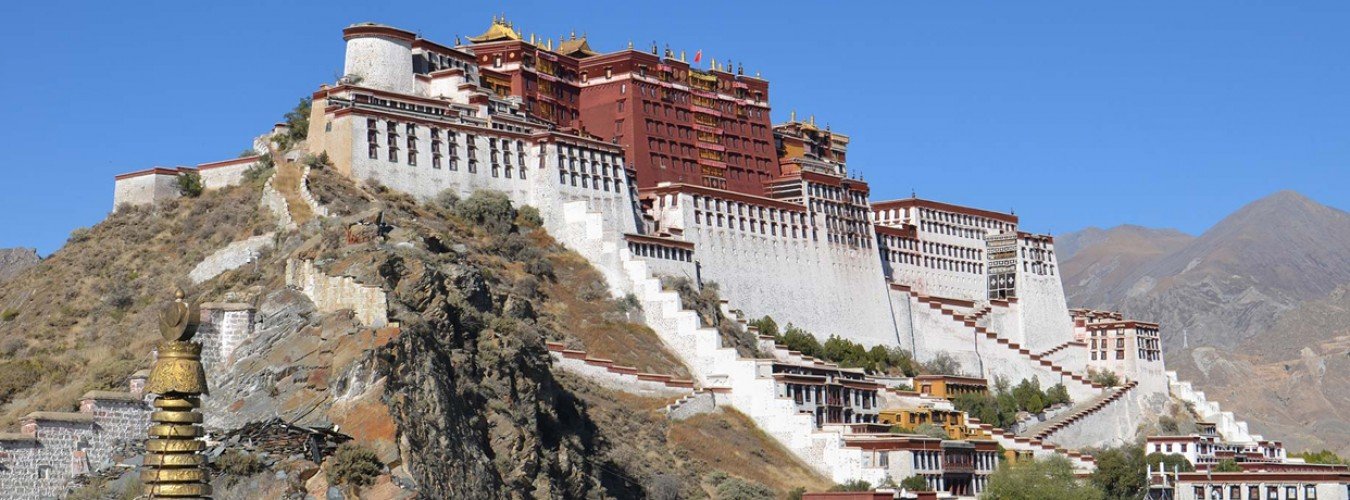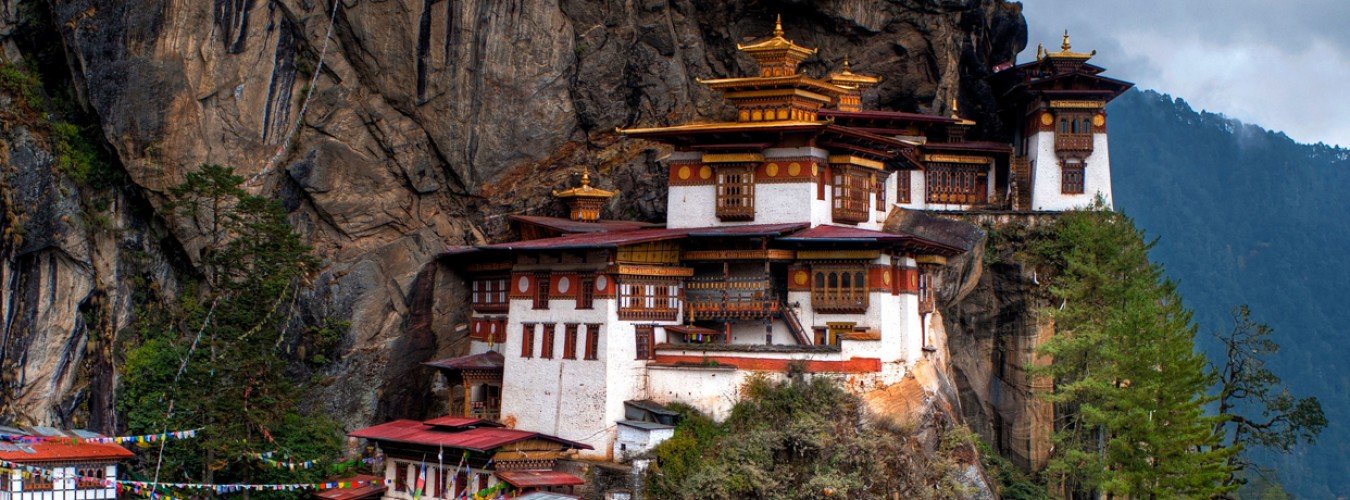Apply e Visa for India:-
Tourists need to apply for e-Visa on-line before traveling to India. The process is entirely electronic for India Visa Application and can be submitted online, and eVisa approval (authority to enter India) will be sent through concern email. Travelers may obtain a Tourist e Visa for travel to India for sightseeing and holiday, visiting friends and relatives, medical treatment including Ayurveda (herbal) and yoga, or to participate in sporting events, competitions and activities relating to cultural performance. Usually the processing period for issuance of e-tourist visa for India can be 4 Business days, subject to the correct information submitted by applicant to this website. Processing time may be extended if applicant gave any incorrect information in the application or having any criminal convictions. To get electronically issued India e-Visa, there is no need of original passport submission or any other original documents for visa application processing. The travelers have to submit his/her application on this website, using Online Application form and paid the visa service fee. The traveler will get a confirmation by email after submission your e-Tourist Visa application processing. e-TV India Visa Facility is available for passport holder for the following countries and are eligible for a stay up to 60 days in India and the validity of visa will be 120 days. This is a Double entry is permitted on e-Tourist Visa and e-Business Visa. Triple entry will be permitted on e-Medical Visa and can only be issued twice in a year.
E-Tourist Visa Facility is available for holders of passport of following countries:-
Albania, Andorra, Angola, Anguilla, Antigua & Barbuda, Argentina, Armenia, Aruba, Australia, Austria, Azerbaijan, Bahamas, Barbados, Belgium, Belize, Bolivia, Bosnia & Herzegovina, Botswana, Brazil, Brunei, Bulgaria, Burundi, Cambodia, Cameron Union Republic, Canada, Cape Verde, Cayman Island, Chile, China, China- SAR Hongkong, China- SAR Macau, Colombia, Comoros, Cook Islands, Costa Rica, Cote d'lvoire, Croatia, Cuba, Cyprus, Czech Republic, Denmark, Djibouti, Dominica, Dominican Republic, East Timor, Ecuador, El Salvador, Eritrea, Estonia, Fiji, Finland, France, Gabon, Gambia, Georgia, Germany, Ghana, Greece, Grenada, Guatemala, Guinea, Guyana, Haiti, Honduras, Hungary, Iceland, Indonesia, Ireland, Israel, Italy, Jamaica, Japan, Jordan, Kenya, Kiribati, Laos, Latvia, Lesotho, Liberia, Liechtenstein, Lithuania, Luxembourg, Madagascar, Malawi, Malaysia, Mali, Malta, Marshall Islands, Mauritius, Mexico, Micronesia, Moldova, Monaco, Mongolia, Montenegro, Montserrat, Mozambique, Myanmar, Namibia, Nauru, Netherlands, New Zealand, Nicaragua, Niger Republic, Niue Island, Norway, Oman, Palau, Palestine, Panama, Papua New Guinea, Paraguay, Peru, Philippines, Poland, Portugal , Republic of Korea, Republic of Macedonia, Romania, Russia, Rwanda, Saint Christopher and Nevis, Saint Lucia, Saint Vincent & the Grenadines, Samoa, San Marino, Senegal, Serbia, Seychelles, Sierra Leone, Singapore, Slovakia, Slovenia, Solomon Islands, South Africa, Spain, Sri Lanka, Suriname, Swaziland, Sweden, Switzerland, Taiwan, Tajikistan, Tanzania, Thailand, Tonga, Trinidad & Tobago, Turks & Caicos Island, Tuvalu, UAE, Ukraine, United Kingdom, Uruguay, USA, Uzbekistan, Vanuatu, Vatican City-Holy See, Venezuela, Vietnam, Zambia and Zimbabwe.
For more information regarding the via please log in to https://indiantouristvisa.org.in/






